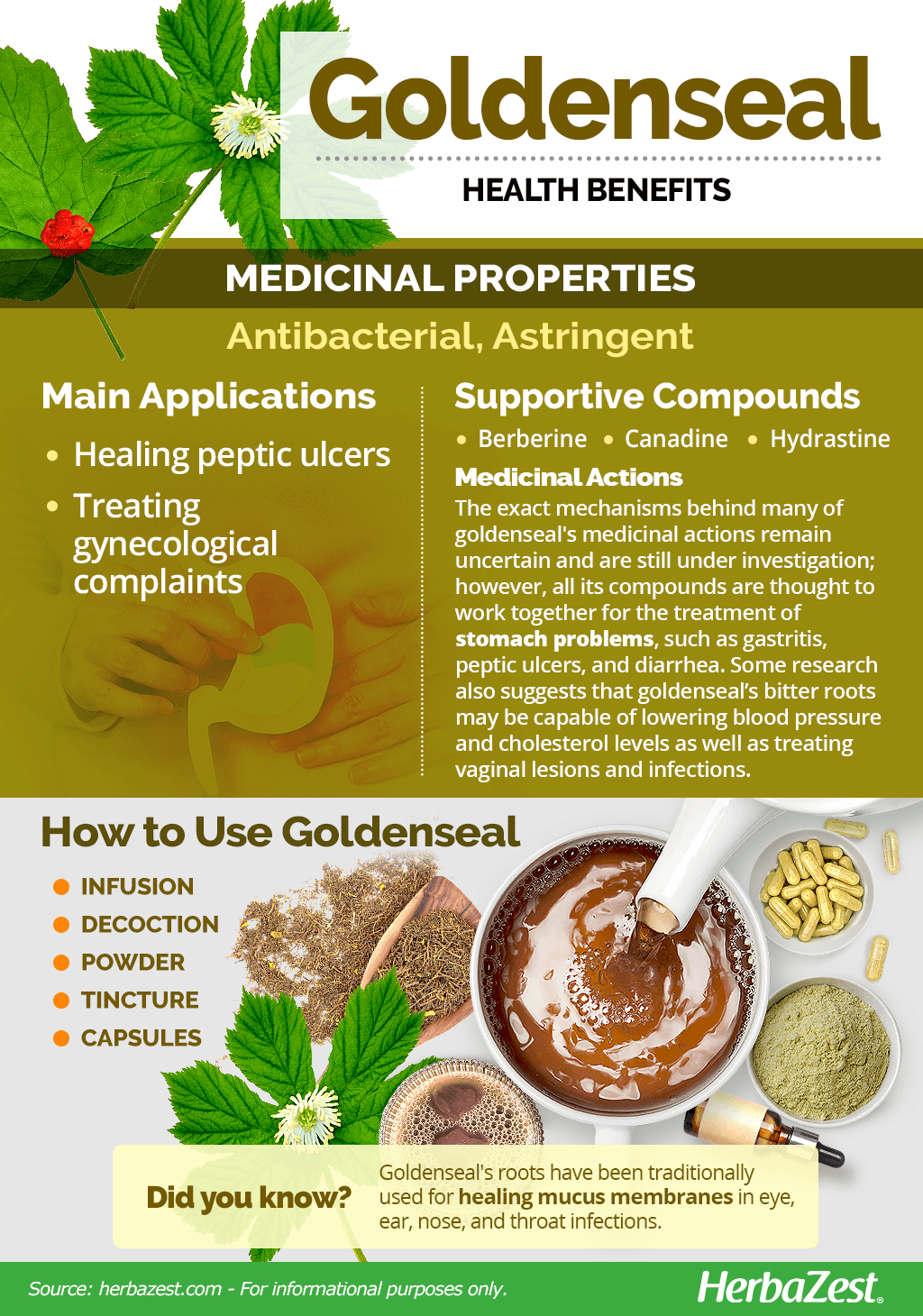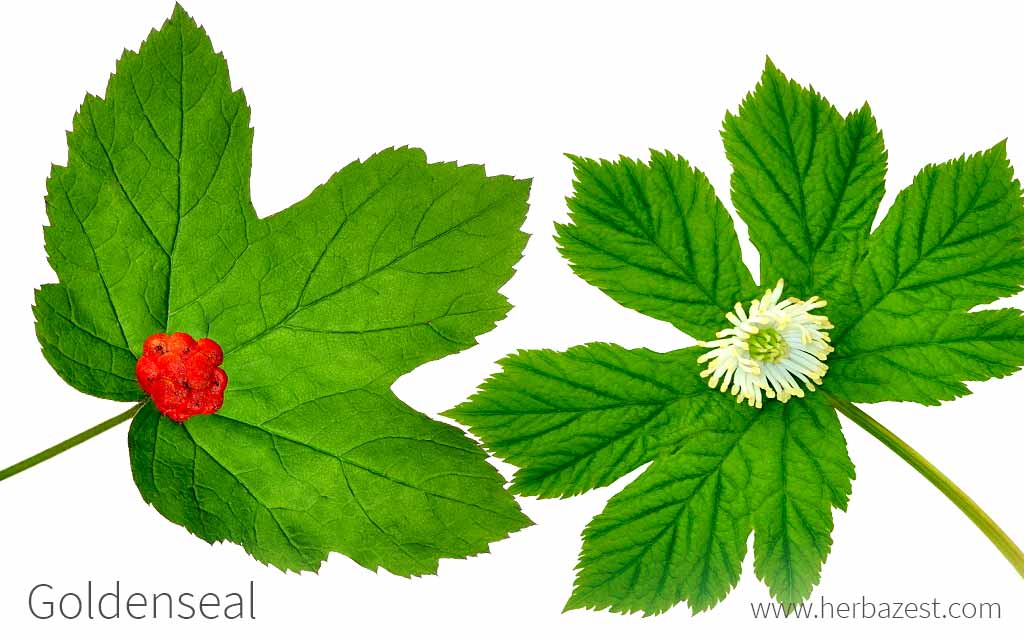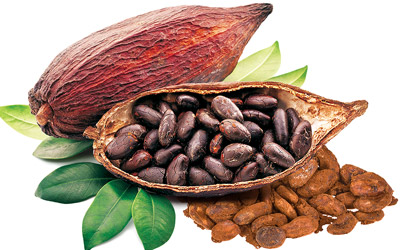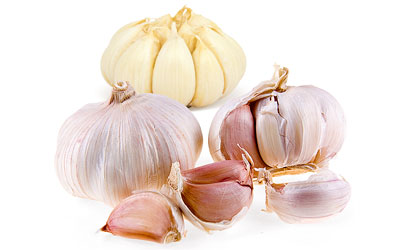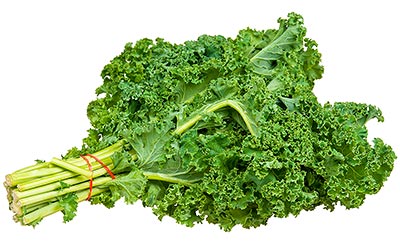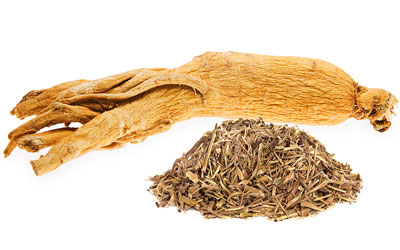Hailing from the cool, temperate climates of Canada and the United States, goldenseal was once an indigenous cure-all and later an important export to Europe before losing popularity; however, thanks to the rise of herbal supplements, it looks set to make a comeback.
Goldenseal Medicinal Properties
- Medicinal action Antibacterial, Astringent
- Key constituents Hydrasine, canadine, berberine
- Ways to use Capsules, Decoctions, Hot infusions/tisanes, Tincture
- Medicinal rating (2) Minorly useful plant
- Safety ranking Use with caution
Health Benefits of Goldenseal
Goldenseal is considered as an anti-inflammatory, astringent, and a powerful bitter tonic. Some of goldenseal's key traditional uses include:
Healing peptic ulcers. Goldenseal in taken for increasing stomach secretions, protecting mucus membranes and helping heal internal ulcers.
Treating gynecological complaints. Goldenseal can be useful for reducing heavy menstrual bleeding and it has been used by herbalists for stopping postpartum hemorrhages.Thanks to its antimicrobial properties it is also useful for the topical treatment of vaginal infections.
Due to its astringent and antiseptic properties, goldenseal can be effective treating diarrhea caused by bacterial infections.
Goldenseal's roots have been traditionally used for healing mucus membranes in eye, ear, nose, and throat infections.
How It Works
The exact mechanisms behind many of goldenseal's medicinal actions remain uncertain and are still under investigation; however, its roots are known to contain isoquinoline alkaloids, mainly hydrastine, canadine, and berberine.
Berberine is a bitter, antibacterial compound, which greatly contributes to the healing properties of the plant.1 Some research also suggests that goldenseal's berberine may be capable of lowering blood pressure and cholesterol levels2.
Goldenseal has shown potential for treating vaginal lessions3, and it can be used internally to treat gastritis, peptic ulcers, and diarrhea.
Herbs like cranberry and boldo are also good for healing peptic ulcers, whereas Oregon grape, passion flower and calendula can help treat infections.
Goldenseal Side Effects
Among the most prevalent side effects that goldenseal can lead to are digestive complaints, such as constipation or acid reflux, as well as vomiting, nausea, and occasional transient tachycardia.
In some cases, long term consumption of goldenseal has also been associated with central nervous system depression, but this is very rare. If any of these symptoms appear, it's best to discontinue goldenseal use.
Goldenseal Cautions
Pregnant or breastfeeding women should not consume goldenseal, as berberine can cause jaundice and lead to other problems in newborns. Likewise, babies and young children should not be given goldenseal.
In addition, those with high blood pressure, liver disease, or heart disease should avoid the herb.
Goldenseal may interact with other medications and herbs, so those wishing to take it in medicinal amounts should check with their doctor first.
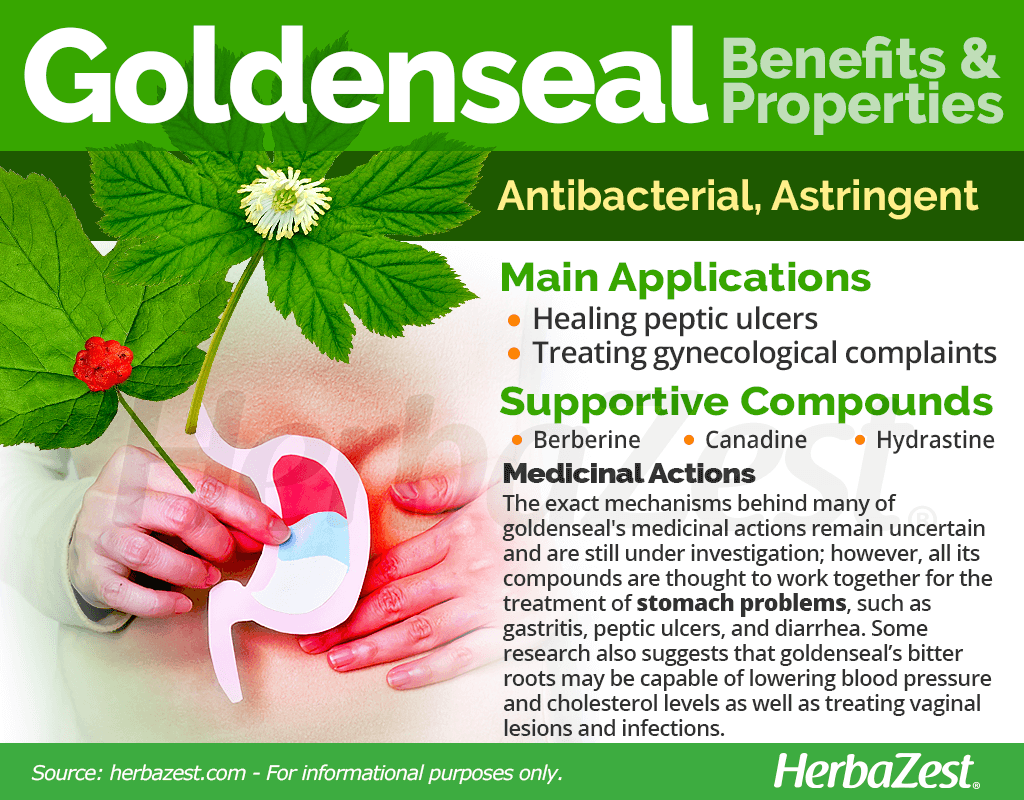
How to Consume Goldenseal
- Edible parts Root
- Taste Bitter
Goldenseal roots are consumed medicinally and can be made into different preparations to suit personal preferences.
Goldenseal is often combined with other herbs, such as echinacea and burdock.
Natural Forms
Infusion. Goldenseal roots can be steeped in hot water to obtain an infusion, which can be used as an eyewash and as a mouthwash for relieving gum disease, as well as for treating psoriasis. It can also be used as an effective douche for yeast infections and other vaginal complains.
Decoctions. The dried roots of goldenseal can be boiled with water to make a concentrated preparation. A goldenseal decoction can be gargled three to four times a day for sore throat relief.
Powder. Goldenseal root powder is also very popular, and it can be used to prepare homemade capsules and other herbal remedies at home.
Herbal Remedies & Supplements
Tincture. This herbal remedy is the product of macerating goldenseal roots in a neutral alcohol in order to extract their medicinal properties. Few drops of goldenseal tincture can be mixed in a glass of water and taken to treat peptic ulcers.
Capsules. Goldenseal capsules provide a standardized, consistent dose of the herb, with all its beneficial compounds.
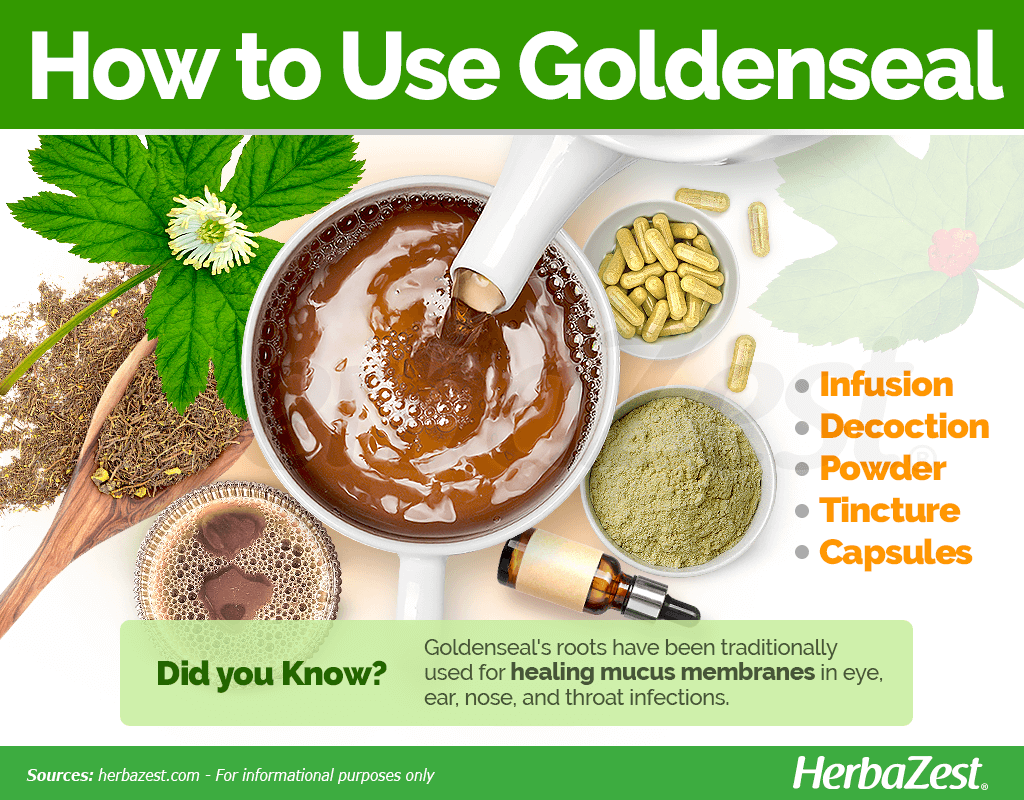
Growing
- Life cycle Perennial
- Harvested parts Roots
- Light requirements Partial shade
- Soil pH 5.6 – 6.0 (Moderately acidic), 6.1 – 6.5 (Slightly acidic)
- Growing habitat Cool temperate regions
- USDA Plant Hardiness Zones 4a, 4b, 5a, 5b, 6a, 6b, 7a, 7b, 8a, 8b
- Planting time Fall
- Propagation techniques Root cuttings
A perennial plant, goldenseal prefers cool temperatures, and it can be found in shaded areas, such as forests. However, it can be cultivated in a home garden if the right conditions of soil, temperature, and light exposure are met.
Growing Guidelines
The goldenseal plant requires temperatures that average 60°F (15°C) and 60 - 80% shade.
It is generally propagated manually, from two-inch (5 cm) clippings of an existing rhizome, in well-drained, slightly acidic soil beds, with a pH of 5.5-6-5.
New plants should be started in autumn and watered throughout the winter if rainfall is sparse.
Three years after planting, the roots can be harvested in the fall for medicinal use.
Additional Information
Plant Biology
Goldenseal, also known as orangeroot, yellow puccoon, and ground raspberry, among other vernacular names, is a small, herbaceous perennial plant, growing up to one foot (30 cm) tall. It is characterized in the herbal community by its thick, yellow rhizomes. Large, soft leaves are deeply grooved and divided into five segments. The small, white flowers turn into red berries, though these parts of the plant are inedible. The highest density of nutrients, and thus the most utilized part of the plant, all grows below ground.
Classification
Goldenseal (Hydrastis canadensis), also called orangeroot or yellow puccoon, is a member of the Ranunculaceae or buttercup family, which encompasses about 1,700 species of flowering plants across over 60 genera. Other medicinal herbs within this large family are
black cohosh (Actaea racemosa) and hepatica (Hepatica americana.)
Related Species
A different species that also uses "goldenseal" as a common name, once known Hydrastis palmatum, hails from Japan and is commonly known as Japanese wood poppy. Further research, however, has led to it becoming reclassified to another genus within the buttercup family and referred to scientifically as Glaucidium palmatum.
No true subspecies of goldenseal exist, and in North America, only Hydrastis canadensis is widely recognized.
Historical Information
It is unknown exactly for how long goldenseal has been in human use, but records indicate that it was present in Native American cultures for thousands of years before the arrival of Europeans. Indigenous American tribes, including the famous Cherokee of the American southeast, used the herb as a general healing salve to treat respiratory and digestive conditions.
Colonial settlers were later introduced to its abilities in the 17th and 18th centuries, and by 1850 goldenseal was shipped by the ton to Europe. Within 50 years, European shipping decimated goldenseal population, putting the species at the brink of extinction.
Economic Data
At the height of its popularity around the turn of the 20th century, an estimated 300,000 tons of goldenseal were shipped from the U.S. to various European countries each year. Though the U.S. still leads production of the plant today, demand has drastically decreased worldwide, as shown by a 2012 announcement from the American Herbal Products Association (AHPA) stating that less than 10% of all harvested root is now sold overseas. Commercial cultivation is, however, on the rise due to herbal supplement manufacturing.
Popular Beliefs
A rumor has grown that goldenseal's properties can mask illegal drugs in urine tests. However, research and trials have proven the myth false against marijuana, cocaine, and amphetamines
Other uses
Gardening. The goldenseal plant is mostly sought for its medicinal roots; however, it can make a nice addition to a shaded border in home gardens.
Goldenseal was once popular as a cure-all plant, and massively exported to Europe until the species almost became extinct. Its popularity faded with the boom of modern pharmacology; however, its medicinal properties are now being studied by science, showing promise for the natural treatment of different health conditions.
Sources
- Chemical Research in Toxicology, Photochemistry and photocytotoxicity of alkaloids from Goldenseal (Hydrastis canadensis L.). 2. Palmatine, hydrastine, canadine, and hydrastinine, 2006
- Convention on International Trade in Endangered Species of Wild Fauna and Flora, Analysis of Trade in Parts and Derivatives of Hydrastis canadensis from Canada and the US
- Frontiers in Pharmacology, Berberine: A Review of its Pharmacokinetics Properties and Therapeutic Potentials in Diverse Vascular Diseases, 2021 | A New Therapeutic Candidate for Cardiovascular Diseases: Berberine, 2021
- Missouri Department of Conservation, Golden Seal
- National Institutes of Health, National Center for Complementary and Integrative Health, Goldenseal
- Pharmacological Research, Goldenseal (Hydrastis canadensis L.) and its active constituents: A critical review of their efficacy and toxicological issues, 2020
- Planta Medica, Quorum quenching and antimicrobial activity of goldenseal (Hydrastis canadensis) against methicillin-resistant Staphylococcus aureus (MRSA), 2012
- Toxicology Survey of African Medicinal Plants, Hydrastis, 2024
- USDA Forest Service, Forest Production of Goldenseal
- Encyclopedia of Herbal Medicine, p. 107
- MedlinePlus Herbs and Supplements, Goldenseal Supplements
- NCCAM Herbs at a Glance, Goldenseal: Science and Safety
- Medicinal Plants of the World, p. 173
- Phytotherapy Research, Investigations into the antibacterial activities of phytotherapeutics against Helicobacter pylori and Campylobacter jejuni, 2010
- University of Maryland Medical Center, Goldenseal
- Edible and Medicinal Plants of the West, p. 104
- Pharmacognosy Research, Protective effects of goldenseal (Hydrastis canadensis L.) on acetaminophen-induced hepatotoxicity through inhibition of CYP2E1 in rats, 2011
Footnotes
- Southern Adventist University. (2019). Combating drug resistance - Comparison of the antibiotic effect of Hydrastis canadensis extract and pure Berberine via Minimum Inhibitory Concentration assay. Retrieved November 18, 2024, from:https://knowledge.e.southern.edu/cgi/viewcontent.cgi?article=1010&context=research_bio
- Drugs. (2023). Overall and Sex-Specific Effect of Berberine for the Treatment of Dyslipidemia in Adults: A Systematic Review and Meta-Analysis of Randomized Placebo-Controlled Trials. Retrieved November 18, 2024, from: https://pubmed.ncbi.nlm.nih.gov/36941490/
- Romanian Journal of Medical Practice. (2022). The potential protective effect of Hydrastasis Canadensis on the cervico-vaginal lesions. Retrieved November 18, 2024, from: https://rjmp.com.ro/articles/2022.2/RJMP_2022_2_Art-07.pdf
